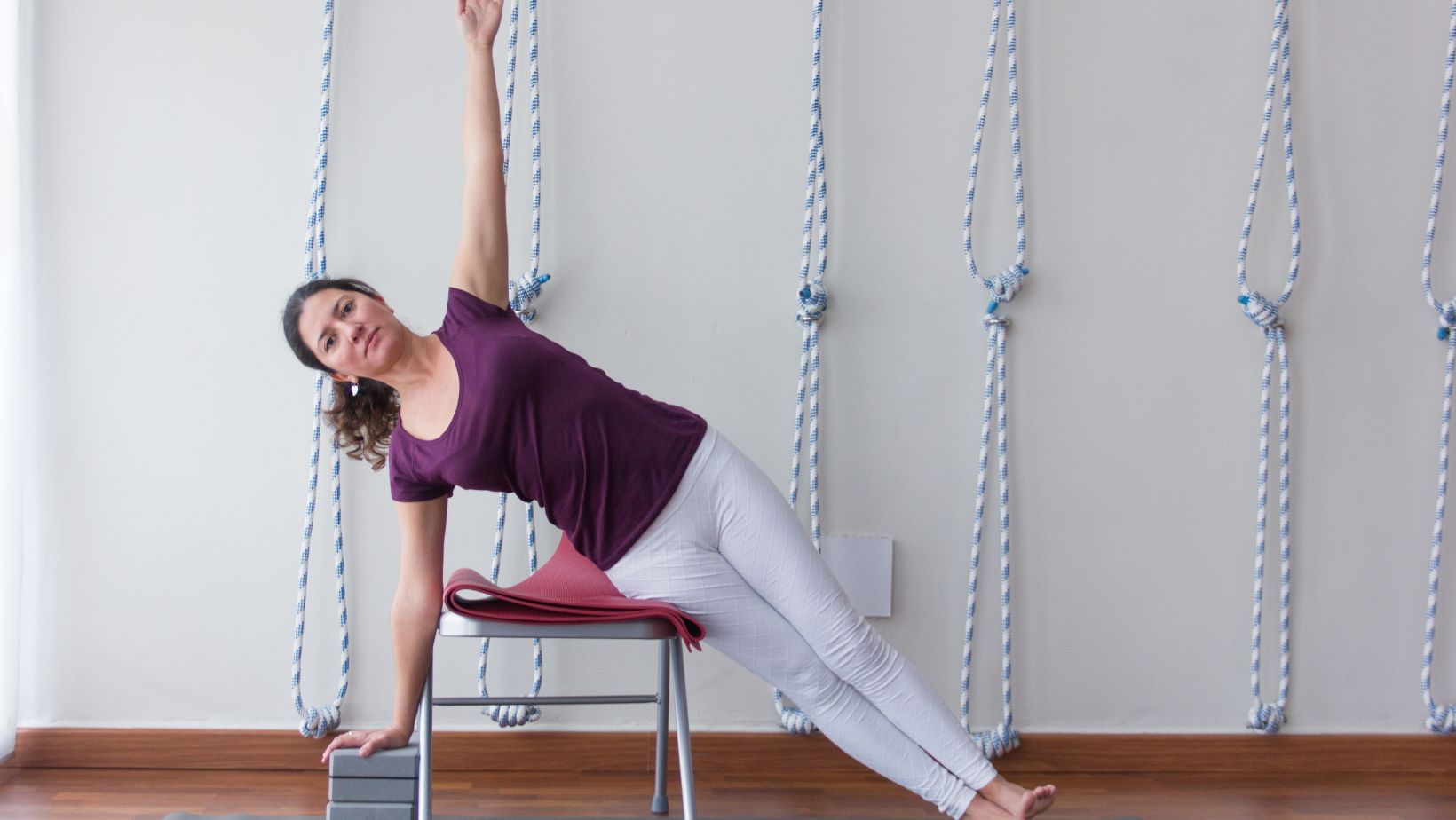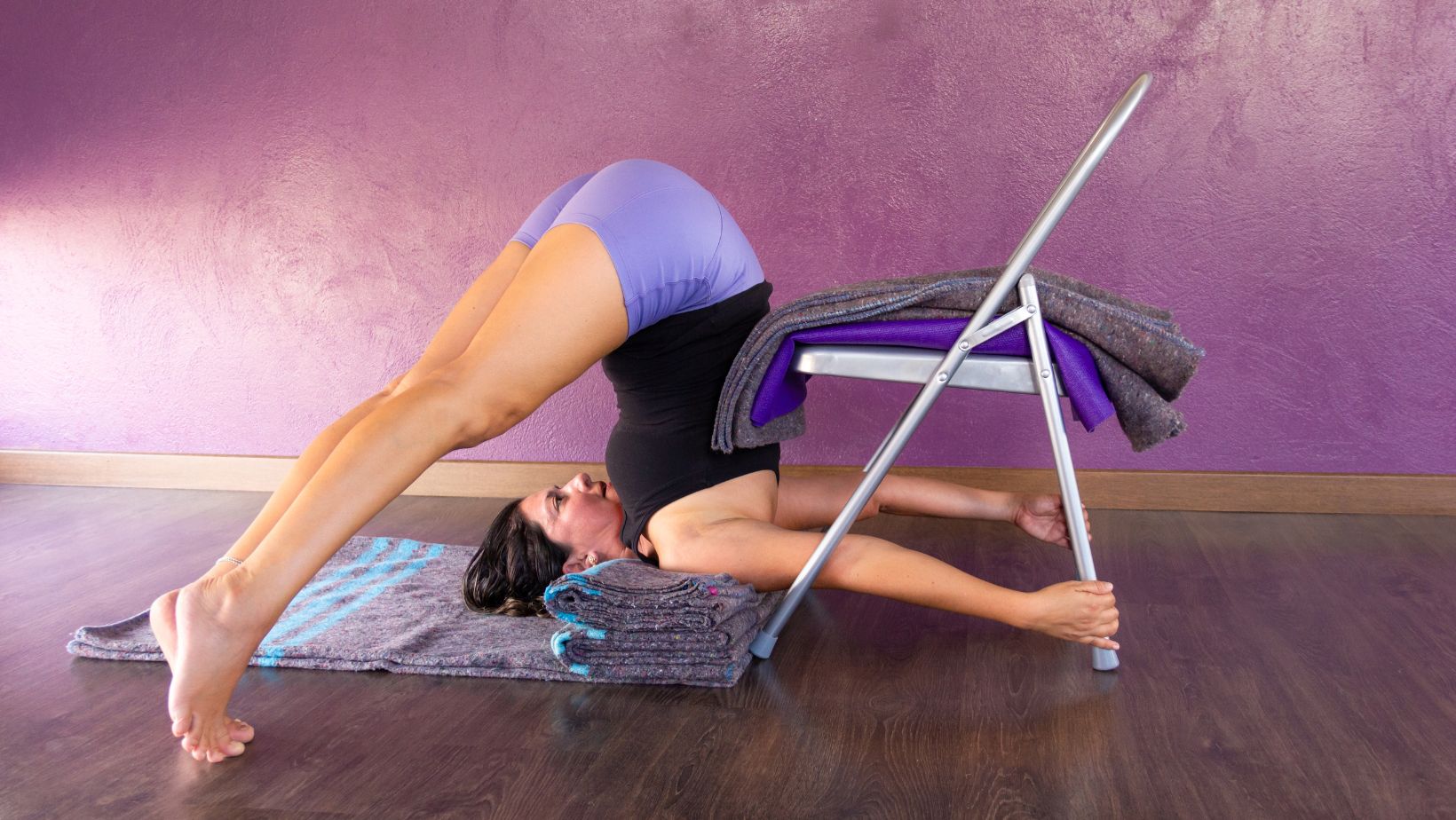If you’re looking for a comprehensive guide to Iyengar yoga, look no further! In this blog post, we’ll cover the key principles of Iyengar yoga and how they can benefit your practice. We’ll also dispel some common misconceptions about Iyengar yoga and offer some tips on how to get the most out of your practice. So whether you’re a beginner or an experienced yogi, this blog post is sure to provide some valuable insights.
What is Iyengar Style Yoga
Iyengar Yoga is a form of yoga developed by B.K.S. Iyengar. It is characterized by the use of props such as belts, blocks, and blankets as aids in performing asanas (postures), and emphasizes proper alignment in the performance of those asanas. Iyengar Yoga is often described as a “precise” form of yoga. Iyengar himself has written a number of books on the subject, the most notable of which are Light on Yoga, Light on Pranayama, and Light on the Yoga Sutras of Patanjali.

The Key Principles of Iyengar Yoga
There are a number of key principles that define Iyengar yoga, which is a style of yoga that was developed by B.K.S. Iyengar. These principles include the following:
- Iyengar yoga focuses on the precise alignment of the body in each yoga pose. This alignment is essential in order to achieve the full benefit of each pose and to avoid injury.
- Iyengar yoga uses props such as blankets, belts, and blocks to assist the student in achieving the correct alignment in each pose.
- Iyengar yoga emphasizes proper breathing (pranayama) as an integral part of each yoga pose. Proper breathing helps to oxygenate the blood and improve overall health.
- Iyengar yoga poses are usually held for a longer period of time than in other styles of yoga, in order to allow the student to fully experience the benefits of each pose.
The Benefits of Iyengar Yoga
Iyengar yoga is a form of Hatha yoga that utilizes props and increases the focus on alignment. It is named after its founder, B.K.S. Iyengar, who developed the style in the 1940s. Iyengar yoga is known for its attention to detail and precise alignment of the body. The use of props such as blankets, blocks, and straps can help beginners and those with injuries or limitations to experience the benefits of yoga poses that they would not be able to do otherwise. The benefits of Iyengar yoga include improved strength, flexibility, and balance; increased concentration and focus; reduced stress; and improved circulation.

The Iyengar Yoga Asanas (Poses)
There are over 200 asanas (yoga poses) that can be performed in Iyengar Yoga. The asanas are divided into eight groups, each with its own theme:
- Standing Poses
- Sitting Poses
- Inversions
- Backbends
- Forward Bends
- Twists
The Iyengar Yoga Props
Iyengar yoga is a form of Hatha yoga that was developed by B.K.S. Iyengar. It is known for its use of props, such as belts, blocks, and blankets, as well as its focus on alignment and precise movements. The Iyengar system of yoga emphasizes correct anatomical alignment in each pose. Props are often used to help students achieve the correct alignment. Common props include belts, which are used to help students reach their hands around their feet in forward bends; blocks, which are used to support the hands or feet in standing or sitting poses; and blankets, which are used to support the head, neck, and back in seated or lying down poses. In addition to props, Iyengar yoga also uses breath work and meditation to promote relaxation and stress relief.



